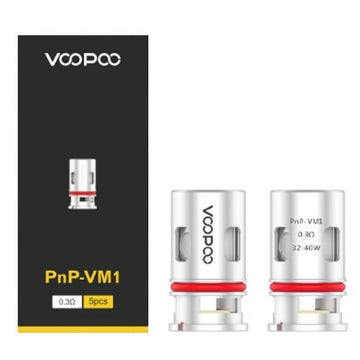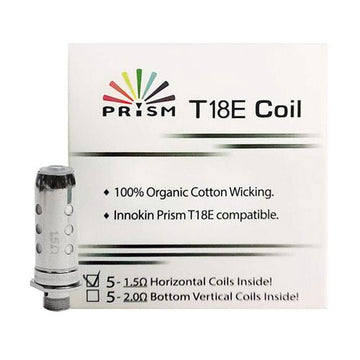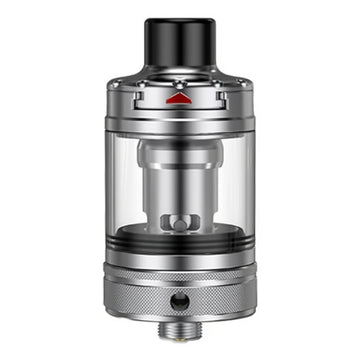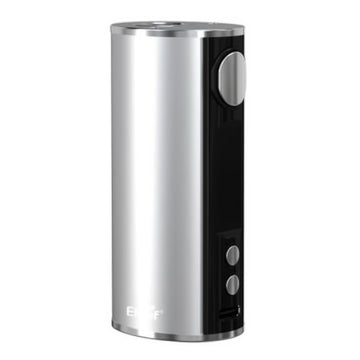Are you new to vaping, do you just want to learn more about how it works? Here at Oxford Vapours we’re happy to share our knowledge on all things vaping, and today we are looking at vape juice.
All vape juice requires a base liquid. The two ingredients that make up the base liquid of all vape juices are propylene glycol (PG) and vegetable glycerine (VG).
But what are VG and PG? This blog will explore what they are, the benefits of each, and how different ratios of these ingredients will affect your vaping experience.
E-liquid Ingredients
E-liquids are relatively straightforward mixtures with three or four main ingredients. These include:
Vegetable Glycerine (VG)
Vegetable glycerine is made from vegetable fat such as palm, soybean and coconut oils. It is a thick, sticky liquid without an odour, and has a slightly sweet taste. It has many applications including being used in medicines and as a food sweetener.
Propylene Glycol (PG)
Propylene glycol is an organic compound that is clear, flavourless, and odourless. PG is also used in some medicines and in processed foods.
Nicotine
Nicotine is the addictive stimulant found in tobacco products like cigarettes. It is an optional ingredient in vape liquid and can be used by people trying to quit smoking.
Nicotine levels in pre-made e-liquid are now regulated in the UK – you can’t buy e-liquids with more than a 20mg nicotine strength.
Freebase nicotine was the original way vapers got their nicotine hit from e-liquids, although now a different form of nicotine called nic salts is more popular among new vapers.
To find out more about the pros and cons of using nic salts or freebase nicotine e-liquids, check out our blog: nic salts vs freebase nicotine.
Flavouring
Vape juice base liquids are pretty much flavourless, with just a little sweetness from the VG. Because of this, adding artificial flavouring can create an enjoyable vaping experience.
Artificial flavouring uses synthetic chemicals to replicate a delicious range of flavours. From fruity and floral to sweet or minty, there are a near infinite variety of flavour combinations for vapers to enjoy.
VG and PG in E-liquid
PG and VG are sugar alcohols that are used to create the bulk of the liquid and are designed to produce vapour and flavour when heated.
Their different consistencies lend themselves to different vaping experiences. A high VG e-liquid (with 70% VG or more) will result in a smoother throat hit and bigger cloud production. On the other hand, high PG e-liquids provide a strong throat hit and higher flavour intensity with smaller clouds of vapour.
A Closer Look at VG
Vegetable glycerin is a natural byproduct of vegetable fat processing. After the isolation of oil from the likes of rapeseed and coconut, a distillation process is implemented to refine it and produce VG.
It is similar in structure to PG but contains one more OH group. Because it has three alcohol (OH) groups it is a triol.
The additional OH group gives it a thicker consistency and higher boiling point than PG. Because of this, high VG e-liquids are best suited to sub-ohm devices and DTL vaping.
Pros of VG
- High cloud production – perfect for cloud chasers
- Smooth throat hit
- It is 100% natural
- Less dehydrating than high PG liquids
Downside to VG
- Arguably less flavour than high PG vape juices, although some vapers disagree
- High VG liquids are thick and can cause vaping devices to clog up so they require more cleaning
- Only suitable for more powerful (and expensive) advanced vape kits
- Less throat hit
- It can dehydrate the throat and mouth
A Closer Look at PG
Propylene glycol is regularly used as a food additive and is on the Approved Additives List of the UK Food Standards Agency.
Because it has one less OH group than VG, it has a diol chemical structure. This makes high PG vape juices thinner and suitable for lower powered starter kits.
Pros of PG
- Low cloud production makes it more discreet – better for vaping in public
- It is more flavoursome than high VG e-liquids
- Vapour is produced at a lower temperature
- It has a strong throat hit – ideal for ex-smokers who miss the sensation
- Works well in cheaper and lower-powered vape kits
Downsides to PG
- The throat hit can be harsh for beginners
- Sometimes can cause a sensation of dehydration because of the harsh throat hit
- Poor cloud production is considered a downside to cloud-chasing vapers
What Ratio is Right For Me?
Choosing the right PG/VG ratio is essential to your overall vaping experience. Choosing your e-liquid VG/PG ratio may come down to your preferred vaping style.
MTL (mouth-to-lung) and DTL (direct-to-lung) vaping suit different devices, e-liquids, and preferences. Understanding a bit more about both will help you find the perfect ratio for your needs.
We explain both below, and you can find out even more on our dedicated blog exploring the difference between MTL and DTL vaping.
MTL
MTL vaping is when the vapour is inhaled first into the mouth before being breathed into the lungs. This style of vaping is best suited to beginners because it is similar to the way people smoke cigarettes.
Using a high PG ratio e-juice is better suited to MTL vaping. This is because the liquid is thinner and heats up more quickly. It can then produce a quicker hit, great flavour, and a strong throat hit.
They are great beginner kits that have the perfect amount of power for MTL vaping such as the Uwell Caliburn G2. A 50VG/50PG e-liquid or 40VG/60PG e-liquid can be ideal for MTL vapers.
DTL
DTL vaping is when the vapour is inhaled directly into the lung and is better suited to more experienced vapers. It typically requires the use of sub-ohm devices and the use of higher VG liquids.
More powerful devices are required to heat the thick liquid. They produce smoother throat hits and impressive vapour clouds.
Using a high VG e-liquid will help create even greater clouds. A ratio of 70VG/30PG can be beneficial to DTL vapers.
Conclusion
The more you vape, the better your understanding of what kind of vaping experience you best enjoy. If you are looking for strong flavours from a low-powered vape kit, a high PG e-liquid will suit you. A higher VG e-liquid will be best for cloud chasers who enjoy more powerful sub-ohm vaping.
For beginners, a 50VG/50PG ratio can be a good place to start out. It is a relatively common ratio and can be used in most starter kits.
We understand the importance of understanding e-liquid ingredients and how they will perform best. If you have any vaping-related questions, please don’t hesitate to contact us – our team of experts will be happy to help!




















